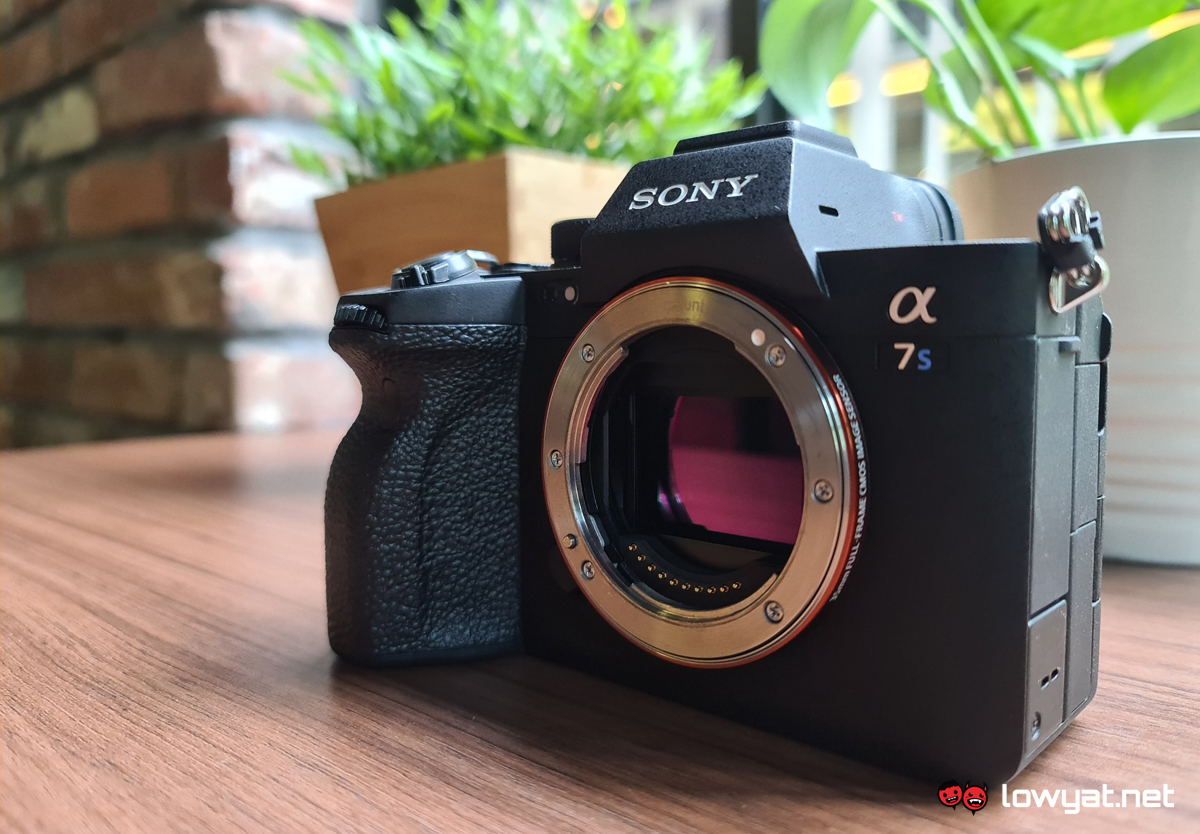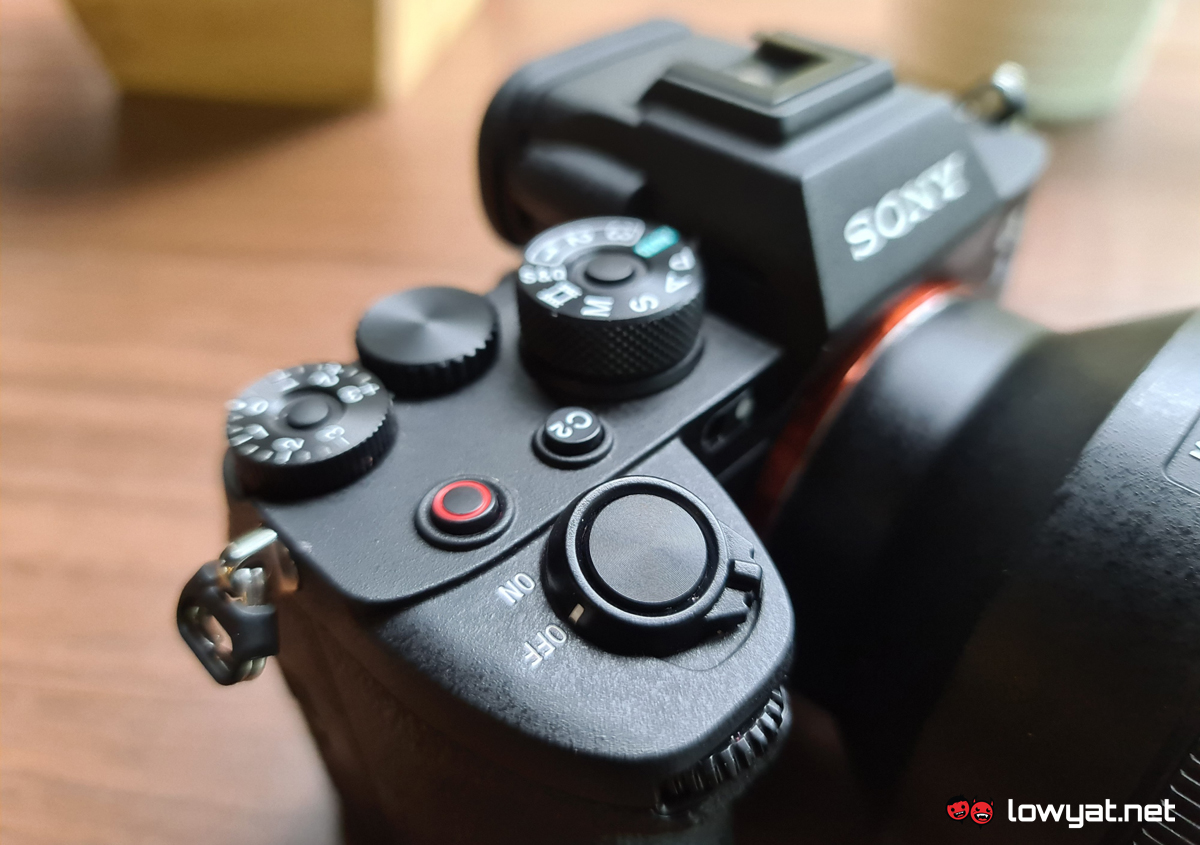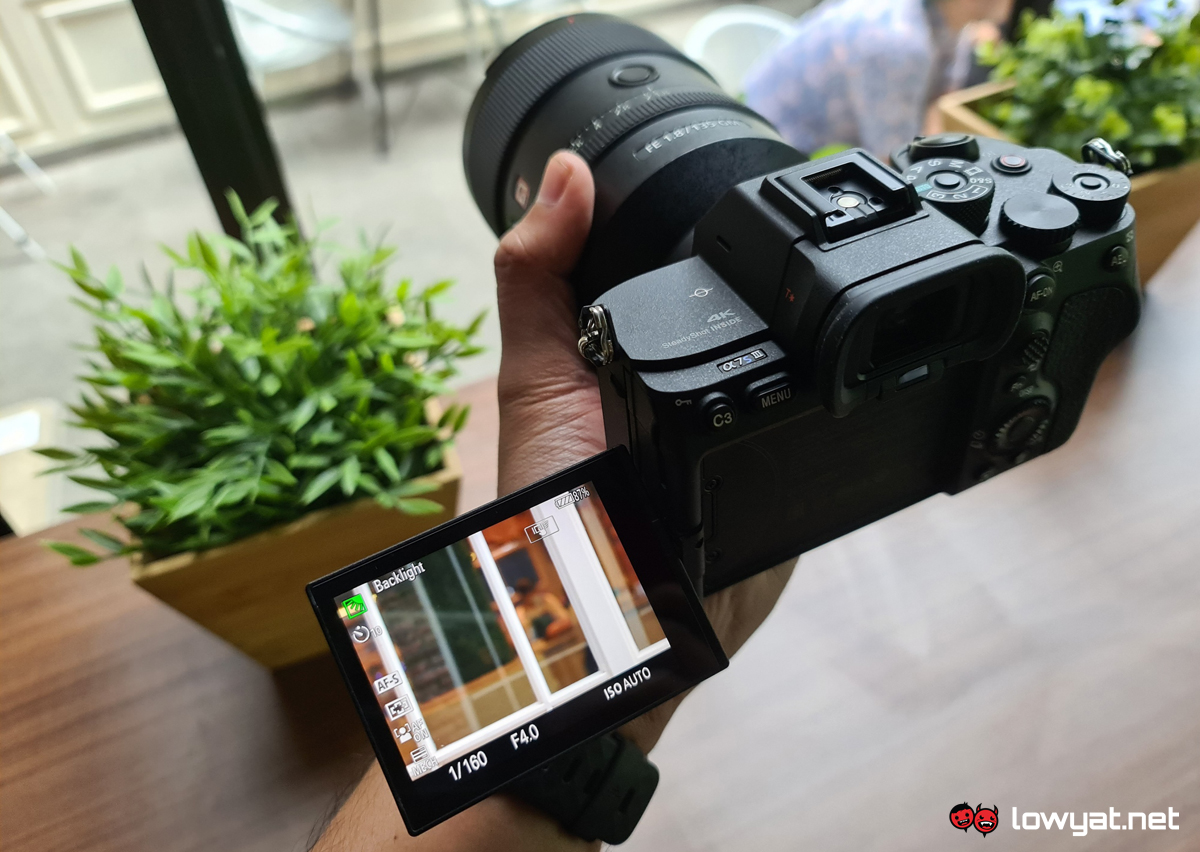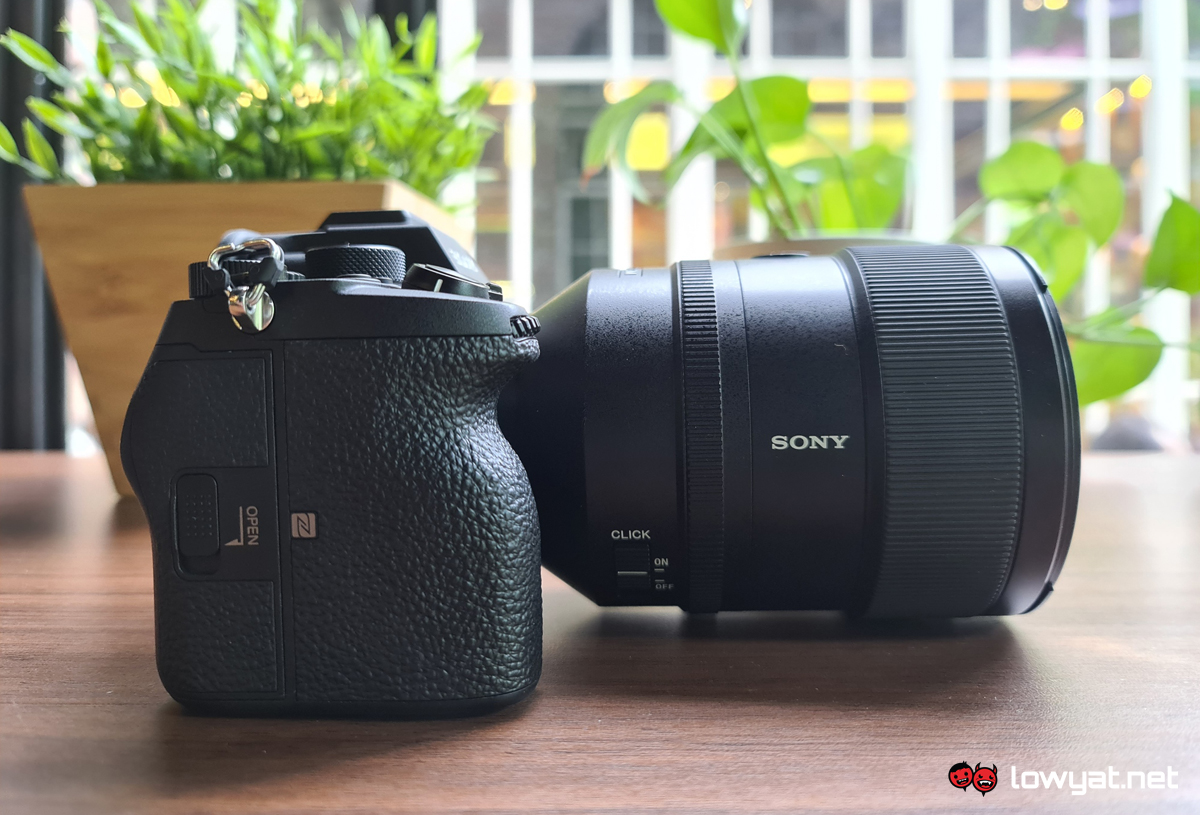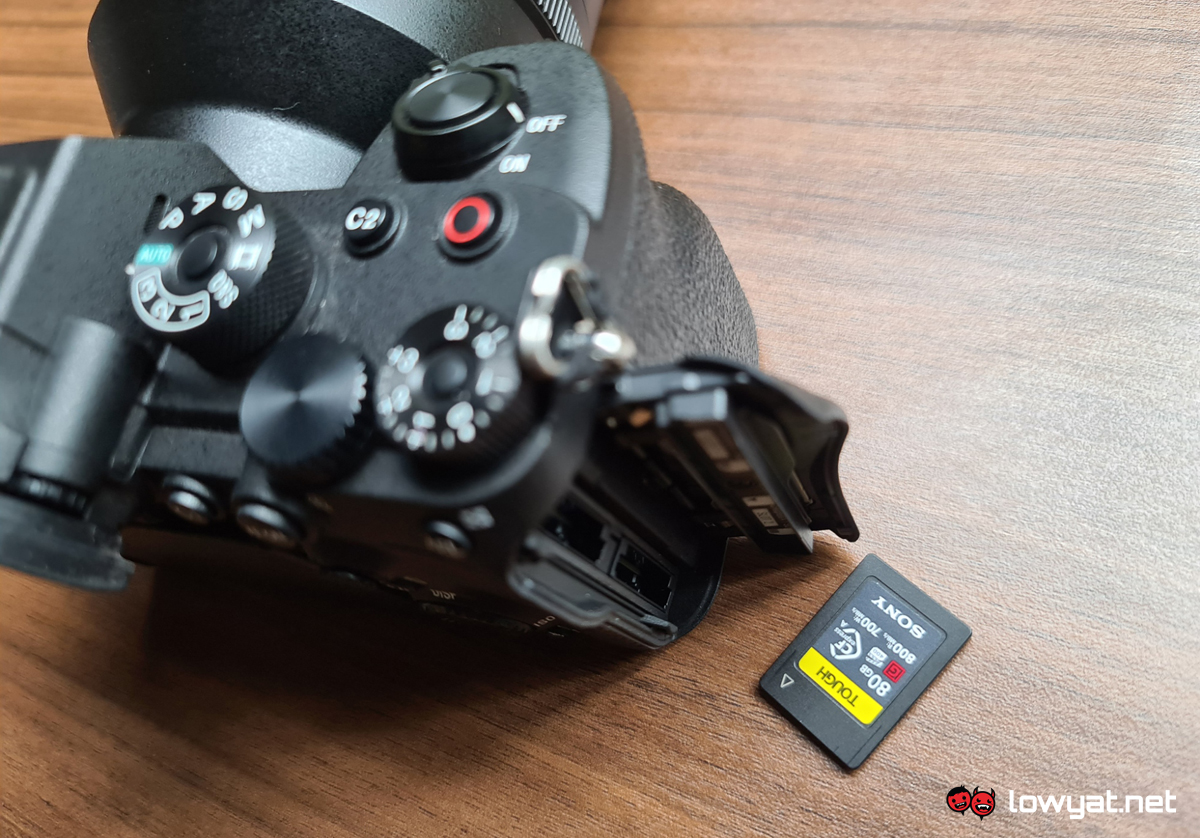If you’re familiar with the company’s recent flagship mirrorless cameras available in the market, then you’ll notice that the new device shares a similar design approach to those models. Not that it is disadvantageous in any form or way, of course. Its hand grip is comfortable and without any E-mount lenses attached to it, the A7S III is actually pretty light.
It also boasts an all-new internal structure and cooling system to improve heat dissipation. Being more towards video shooting, this helps the A7S III to avoid overheating when idling or recording at an extended amount of time especially in 4K. Unfortunately, I wasn’t able to fully test this feature due to the short time I had with the new device.
A new addition to the series is a fully articulating rear 1.44M dot LCD display, which is great for shooting videos at various angles. It also features a touchscreen interface, so you can tap subjects to focus or track, pinch to zoom in or out, and to navigate the A7S III’s redesigned Sony interface. Convenient as the articulating display is, you can still determine your shots via the camera’s OLED electronic viewfinder (EVF) which sports a higher resolution of 9.44M dot.
The A7S III packs a 12.1MP Exmor R BSI CMOS sensor, which is a tad smaller than the 24.2MP on the A7 III and the 42.4MP on the A7R III. But unlike its cousins, the camera is mainly focused on video capture rather than photography. Specifically at 4K resolution 60p with no cropping, pixel binning or line skipping. Other than that, the A7S III packs improvements in low-light video capture and better autofocusing. Again, my time with the camera was brief, so I’ll save my judgement regarding its overall performance when I have it in for a full review.
Connectivity-wise, all of the essential ports and wireless options are present on the A7S III. To be more specific; the camera comes with a full-sized HDMI port, USB-C, micro USB, PD charging support, and two 3.5mm headphone and microphone jacks. Also onboard are support for both WiFi and Bluetooth connectivity if required. As for storage, the device includes dual-format card slots which support UHS-II SD cards and the newer Sony CFexpress Type A cards.
It sure took Sony a while, but this new iteration of the A7S is showing a lot of promise in terms of providing a better experience and performance. Hopefully, I’ll be able to share with you a review of the Sony A7S III sometime soon once a unit is available for me to spend more time testing its various features.
